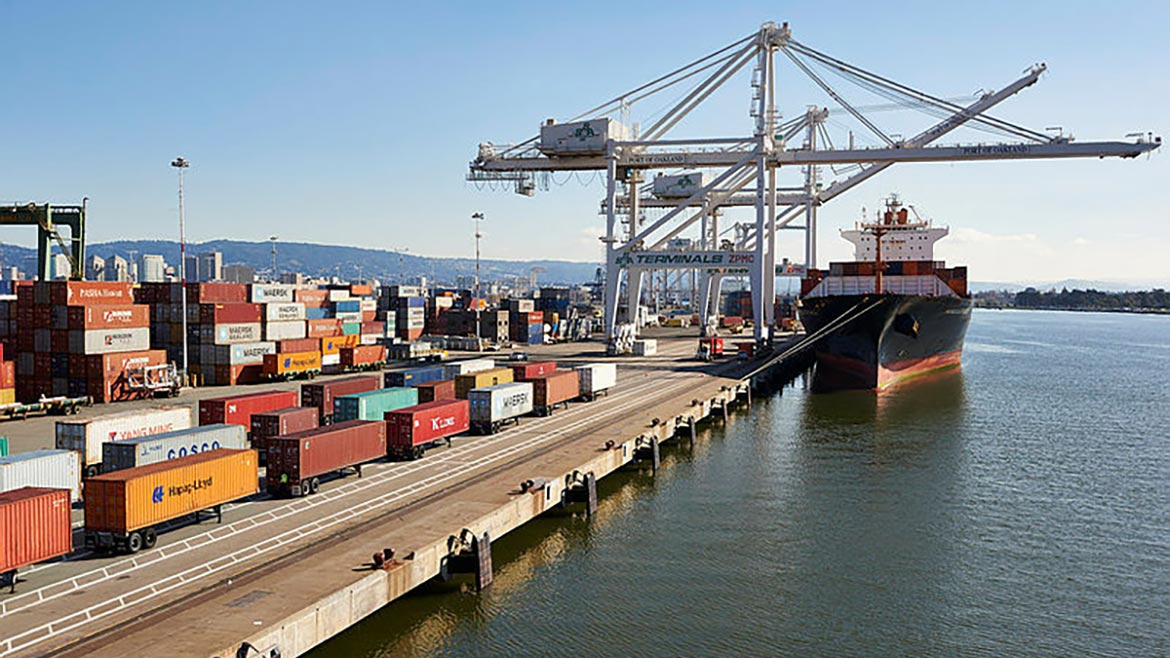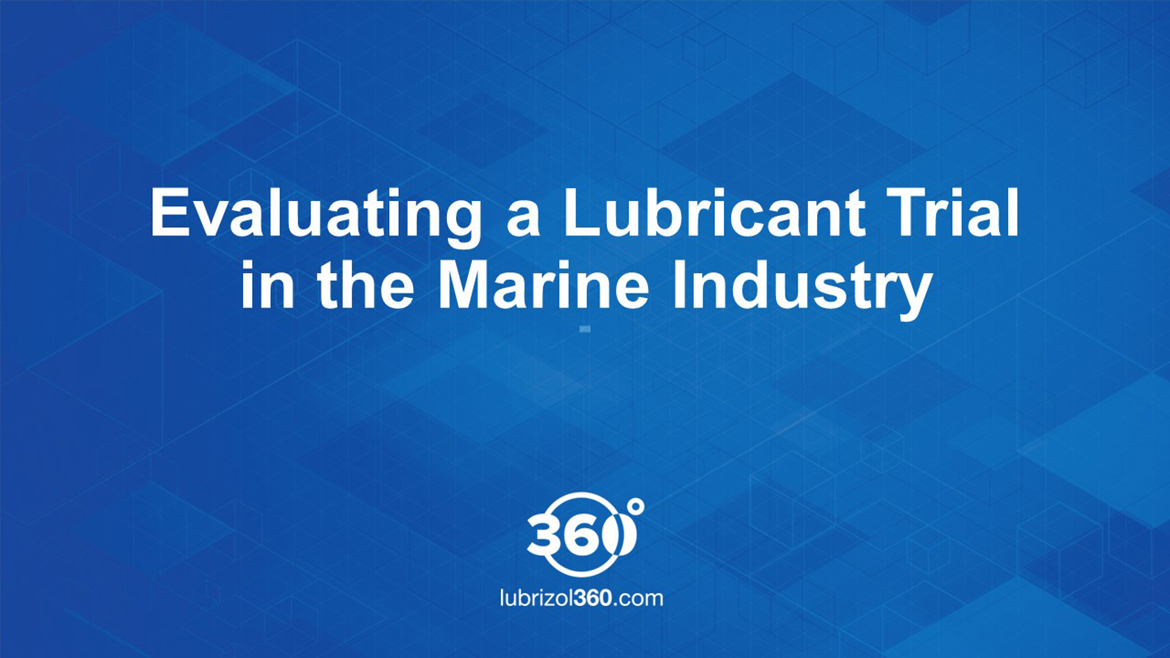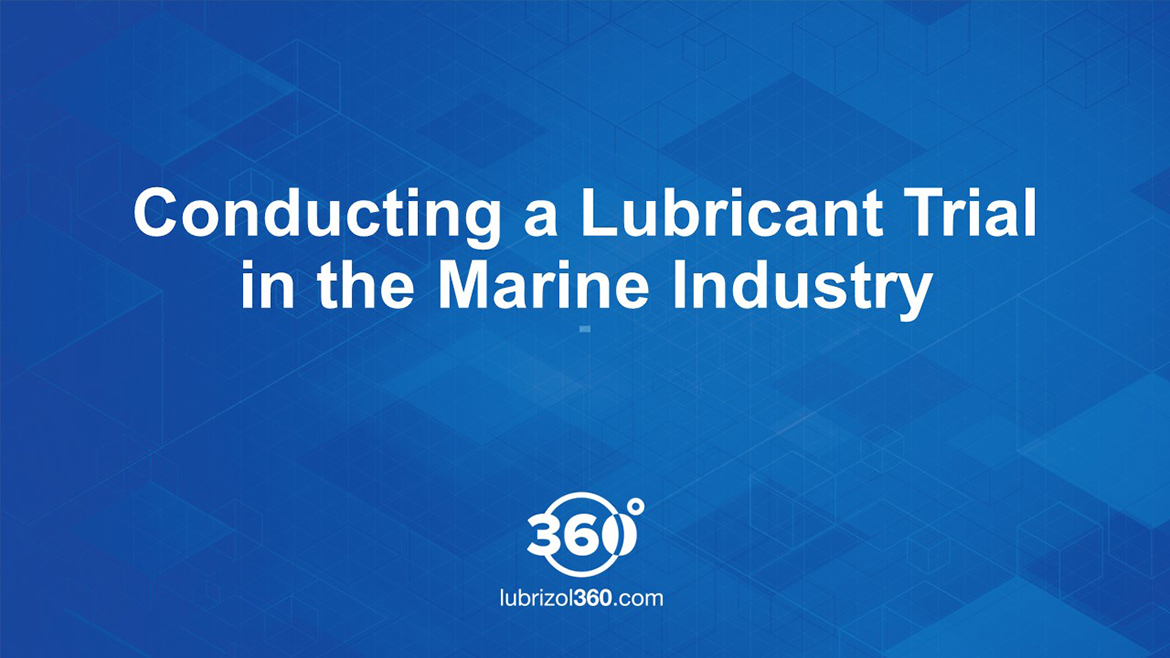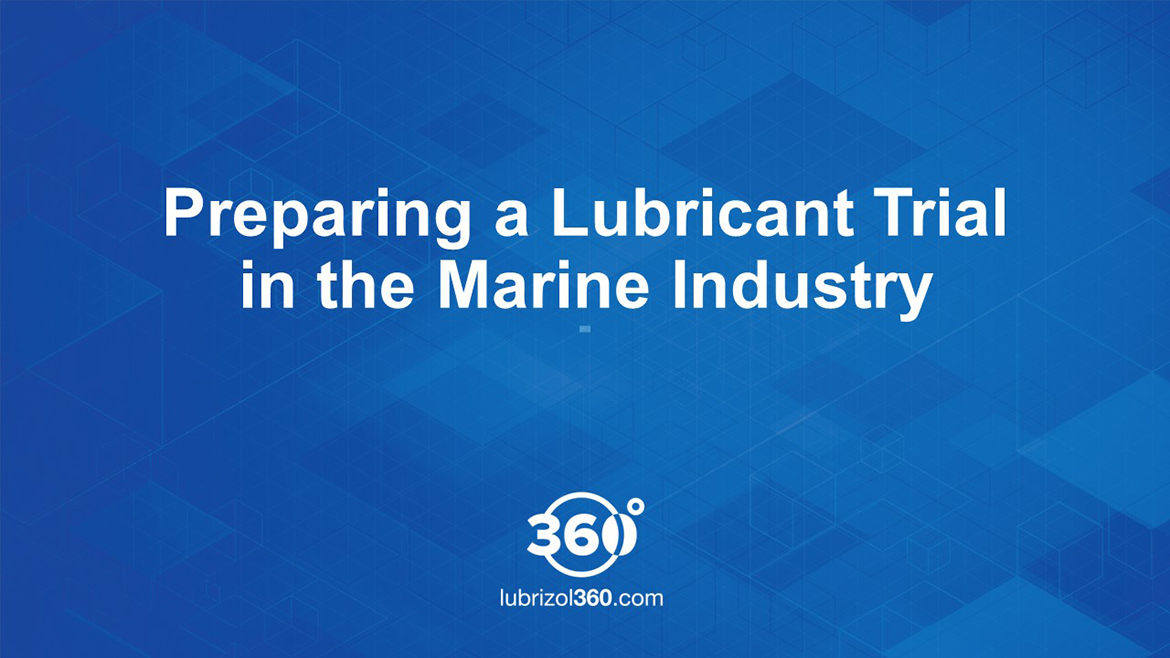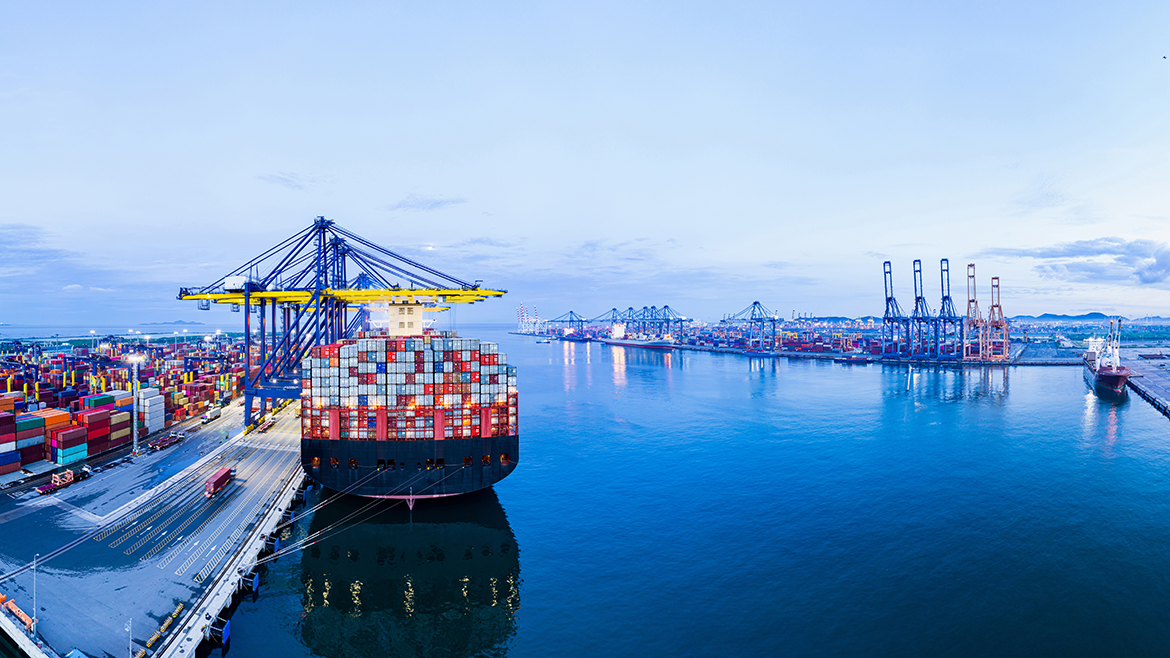May 4, 2023
Posted by Harriet Brice, Technology Manager, Marine Engine Oils
Maritime’s role in the global economy is indispensable. Not only does the industry support millions of jobs, but it is also responsible for moving a significant portion of the world's goods.
Unfortunately, shipping is also a major contributor to greenhouse gas (GHG) – approximately 2.89 percent of total global anthropogenic emissions as of 2018, according to the International Maritime Organisation’s (IMO) Fourth Greenhouse Gas Study 2020. That’s a big number. And it has drawn attention and scrutiny as the world pays increasingly more attention to the environmental impacts of transport and trade.
In response, the IMO, which regulates shipping as an agency of the United Nations, has called for at least a 50-percent reduction in total annual maritime GHG emissions by 2050, with a goal of at least a 40-percent reduction by 2030 (compared to 2008). Now the question is, ‘how does the industry get there?’
Alternative Fuels in Maritime Shipping
Amid the array of emissions-reducing strategies posed by industry stakeholders, there’s particular interest in the potential for alternative fuels – specifically, methanol, biofuels and ammonia.
Large, two-stroke marine engine designers clearly see the demand, noting that they will make engines available, designed either from scratch or retrofitting, to enable these options. The lubricant and additive companies that supply cylinder and system oils to the shipping industry are likewise working on researching, identifying, and developing solutions for the challenges these new technologies will bring.
Of the three fuels mentioned, biofuels and methanol have received the most attention recently. In the case of biofuels, this is due mainly to it being considered a “drop-in” fuel that requires minimal retrofitting of existing hardware systems. The availability of in-use data for biofuels across various applications offers insight into the real-world impacts on lubricants.
With Methanol, it is available to be used as a fuel today and offers an initial reduction in carbon dioxide (CO2) over diesel fuel as well as reduction in sulfur oxides (SOX) and particulate matter emissions. If produced from renewable sources the full CO2 saving potential of methanol can be realised. Though the potential effects of methanol on marine lubricant performance are less clear, formulators have at least pieced together some understanding based on lab testing and a small number of in-use ships.
Ammonia, on the other hand, is more of an enigma.
Ammonia Offers Benefits, But Also Challenges
Ammonia is appealing as an alternative marine fuel primarily due to its carbon-free nature. But this benefit comes with caveats as ammonia also presents unique considerations not seen with biofuel and to a lesser extent with methanol. Some examples are below.
Combustion Difficulty
Ammonia is difficult to ignite (high auto ignition temperature, low cetane number) and has a much slower flame speed than methanol and biofuels.
Compatibility Challenges
Additionally, ammonia solubility with mineral oils and synthetic hydrocarbon lubricants depends heavily on temperature and pressure. These characteristics imply a higher potential for ammonia to interact with the lubricant, which may affect lubricant characteristics.
Concerns with Corrosion
Most metals have good corrosion resistance to ammonia gas, liquid ammonia, and ammonium hydroxide. However, copper and copper-containing alloys – materials often used in marine engines – are susceptible to corrosion by ammonia.
Toxicity and Safety
Ammonia is relatively easy to store, but highly toxic to humans. Exposure to high concentrations can be dangerous, making handling a concern.
Further compounding these potential challenges is a need for real-world testing options. Notably, while biofuel- and methanol-capable two stroke marine engines are in service today, ammonia-powered versions are still in development.
Lab Testing Offers Insight
Nonetheless, lubricant makers and additive suppliers, including Lubrizol, are finding ways to uncover the issues with ammonia in preparation for real-world performance requirements. At Lubrizol, we’ve conducted several lab experiments to gather insight.
Corrosion and Compatibility Testing
Some of our most compelling findings to date have come via corrosion and compatibility tests that explored the effects of ammonia on copper materials and additive chemistries.
For example, copper reactivity studies, where copper containing test materials are either coated in a protective lubricant or left uncoated, indicate a clear benefit of using a fully formulated oil to best protect against corrosion and tarnish (see Table 1 – the blue color observed for the coupon without lubricant present is characteristic of copper-ammonia-corrosion complexes).
Though further testing is required, studies on how the presence of ammonia in a lubricant may affect additive chemistry signaled that some lubricant formulations become unstable after exposure to ammonia. Instability could lead to drop out, increased deposit formation and a reduction in lubricant effectiveness, impacting engine performance over time in a real-world setting.

Real-World Testing Will Tell Us More
The lab testing mentioned above offers some directional insight into the future requirements of marine lubricants for ammonia-powered two stroke engines. But the work is far from complete.
We can’t know the real-world impact of ammonia on two-stroke marine engine lubricants until ammonia-powered engines are available for real-world study. We look forward to seeing those in coming years.



